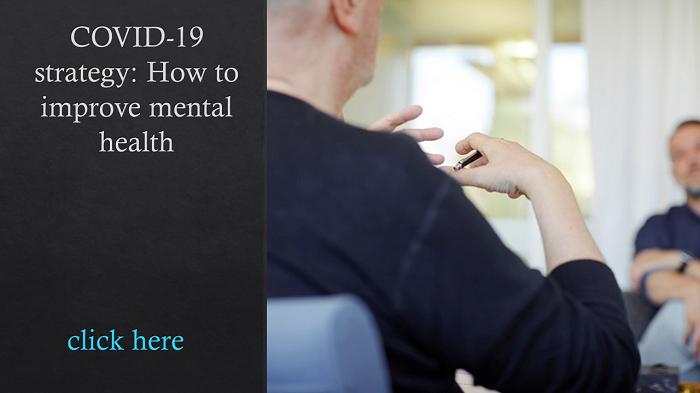CDC mask guidance is upping employee anxiety. Now what? After the Centers for Disease Control & Prevention released new guidance allowing vaccinated people to go maskless–and in theory, unvaccinated people, too, since no proof is required–employee anxiety is reaching new heights, especially when it comes to thinking about returning to an office full of maskless colleagues. Experts say employers need to step up by touting mental health resources, communicating about the mask changes and still enforcing health and safety protocols in the office if they’re making employees return. Read more here.
Amazon takes big step in improving workers’ mental health: Amazon is adding a mental health benefit for all its U.S. employees, the retail giant said this week, providing free counseling, 24-hour crisis support lines, a mental health app and more as stress among its workers soars during COVID-19. Read more here.
Return-to-workplace worries are affecting employee mental health: Employees’ mental health is worsening as the return to the workplace looms, according to new research, with rates of stress, anxiety, depressed mood and PTSD risk on the rise once again. Read more here.
 More employers are turning to this incentive to encourage vaccines: More organizations are offering paid time off for employees to get vaccinated, according to recent research, though many employers don’t have a set policy on the COVID-19 vaccine or are still deciding whether they will implement one. Read more here.
More employers are turning to this incentive to encourage vaccines: More organizations are offering paid time off for employees to get vaccinated, according to recent research, though many employers don’t have a set policy on the COVID-19 vaccine or are still deciding whether they will implement one. Read more here.
4 benefits that will help workers improve their financial health: From healthcare costs to emergency savings, the COVID-19 pandemic highlighted HR’s challenge in finding cost-effective ways to help employees with the financial hardships they are facing. But post-pandemic, there is a real opportunity for employers to help employees recover from some of the economic impacts of the past year, Mike Wilbert of Purchasing Power said recently at the virtual Health & Benefits Leadership Conference. Read more here.
Why you should consider an emergency savings program: Financial insecurity is rampant among employees: Data estimates that 37% of Americans can’t easily come up with $400 in the event of an emergency and two-thirds of Americans believe they will run out of their savings in the next five months. Overall, more than half of Americans are financially vulnerable–and it goes beyond young and low-income workers. Read more here.
How HR needs to think about FMLA in a post-COVID reality: Because the Family and Medical Leave Act and other policies were never written with the COVID-19 pandemic in mind, experts are urging employers to use caution when considering their own leave programs. Read more here.
How to improve employees’ benefits knowledge: Employees have long been confused, frustrated by or uninterested in employee benefits. But in many ways, the onus is on employers and HR and benefits leaders to address this and step up to make sure employees understand them. Too often, employers only provide benefits communication during open enrollment. Read more here.



